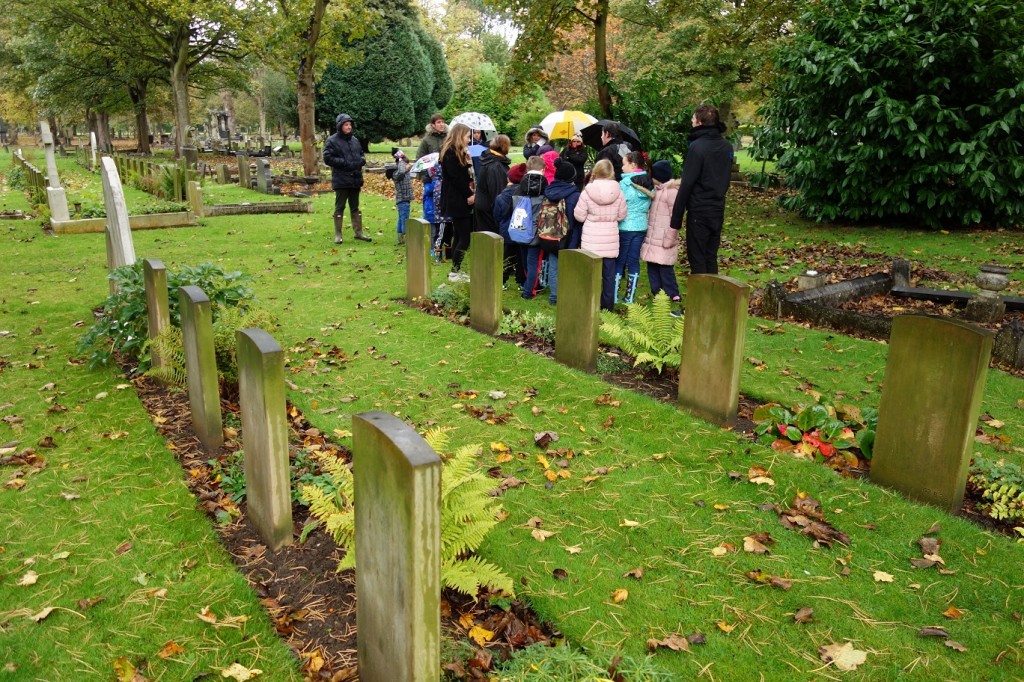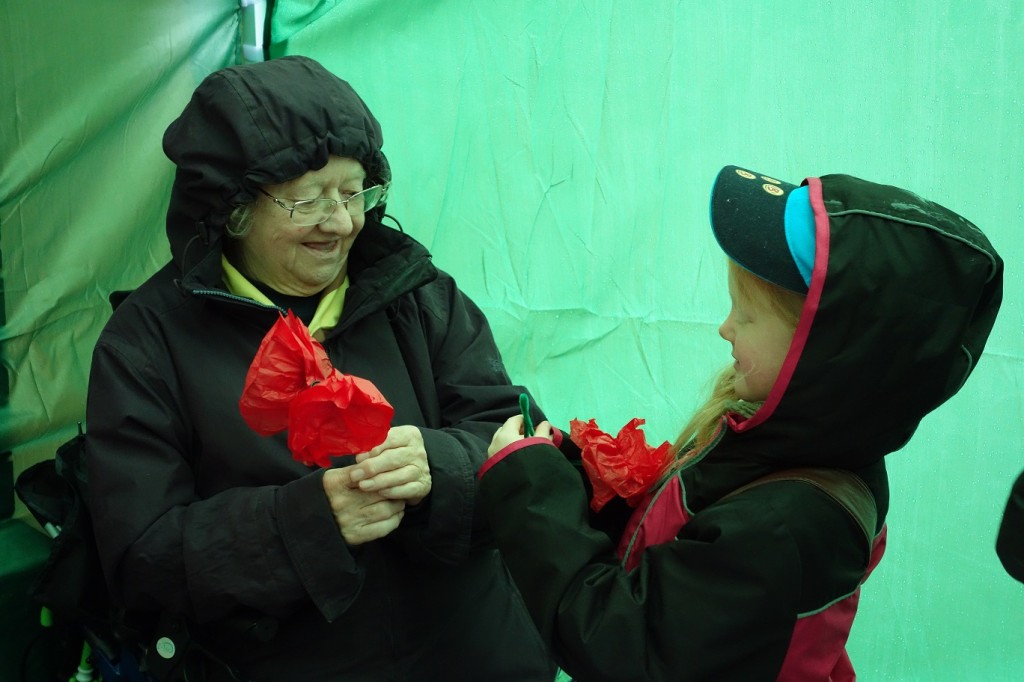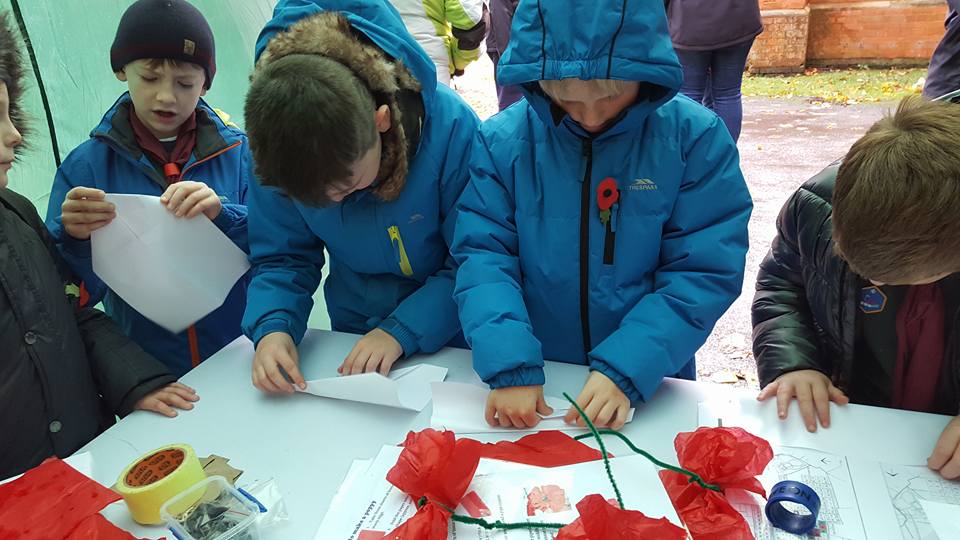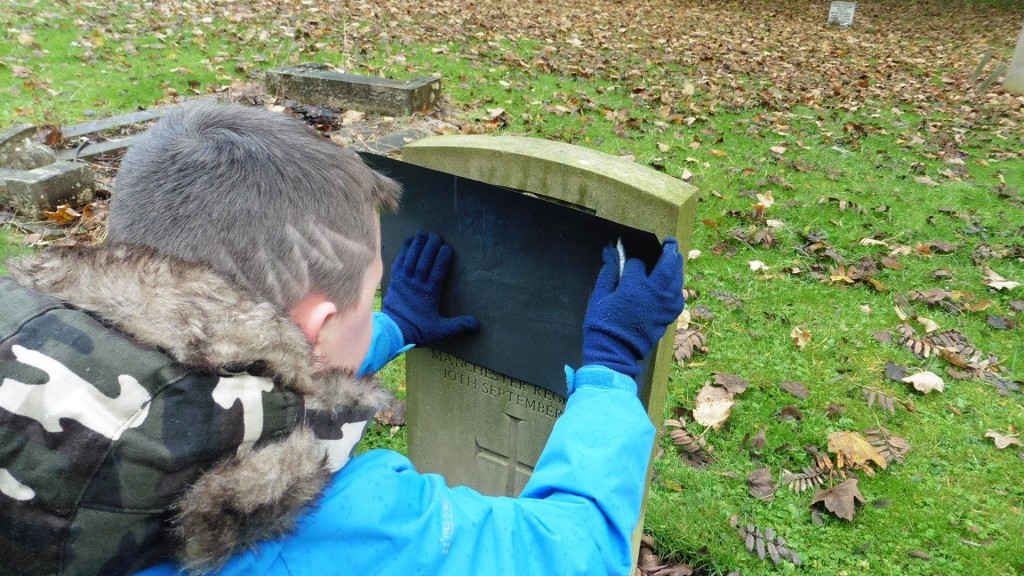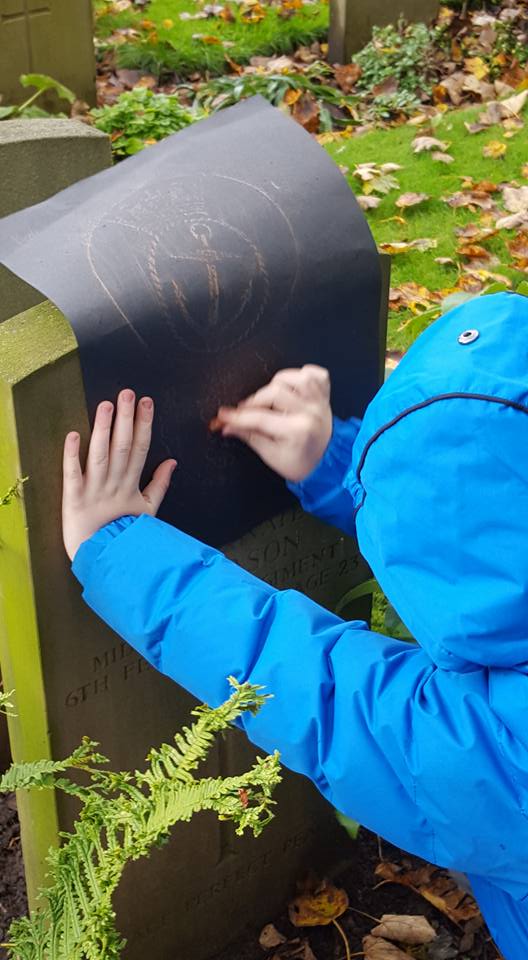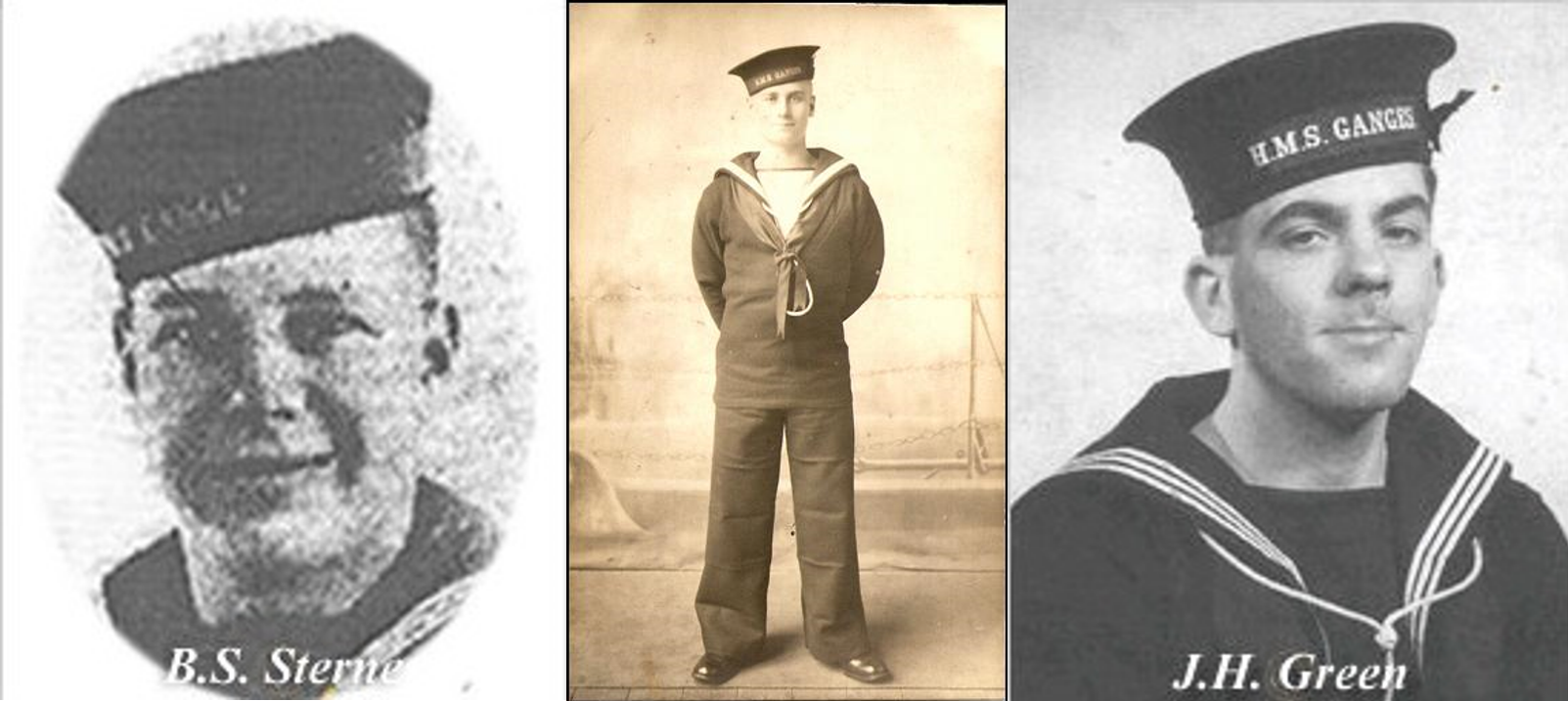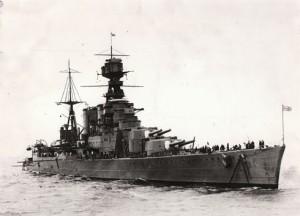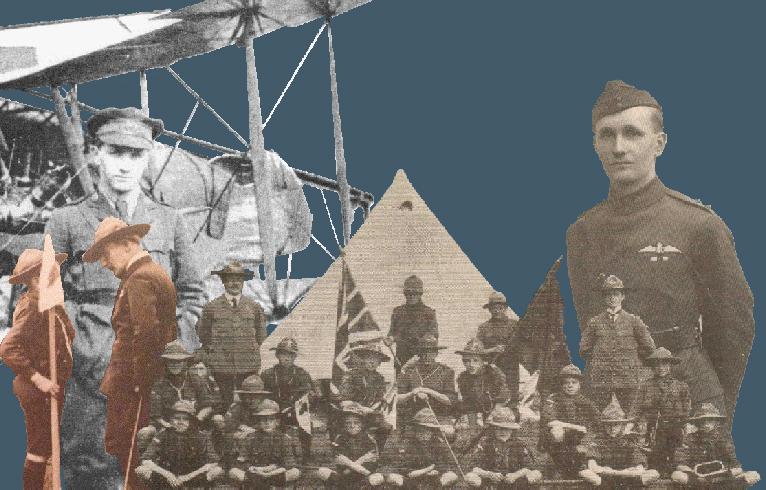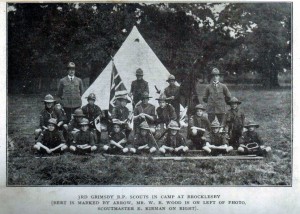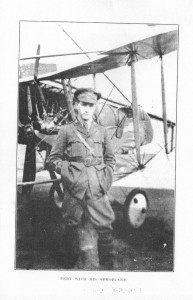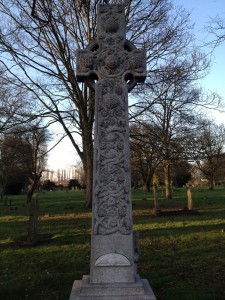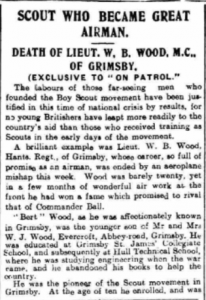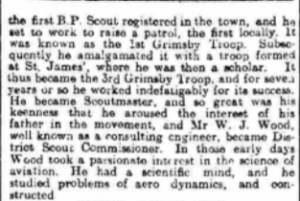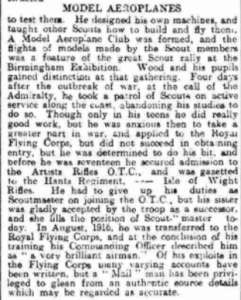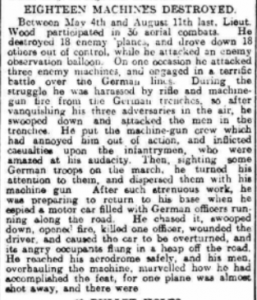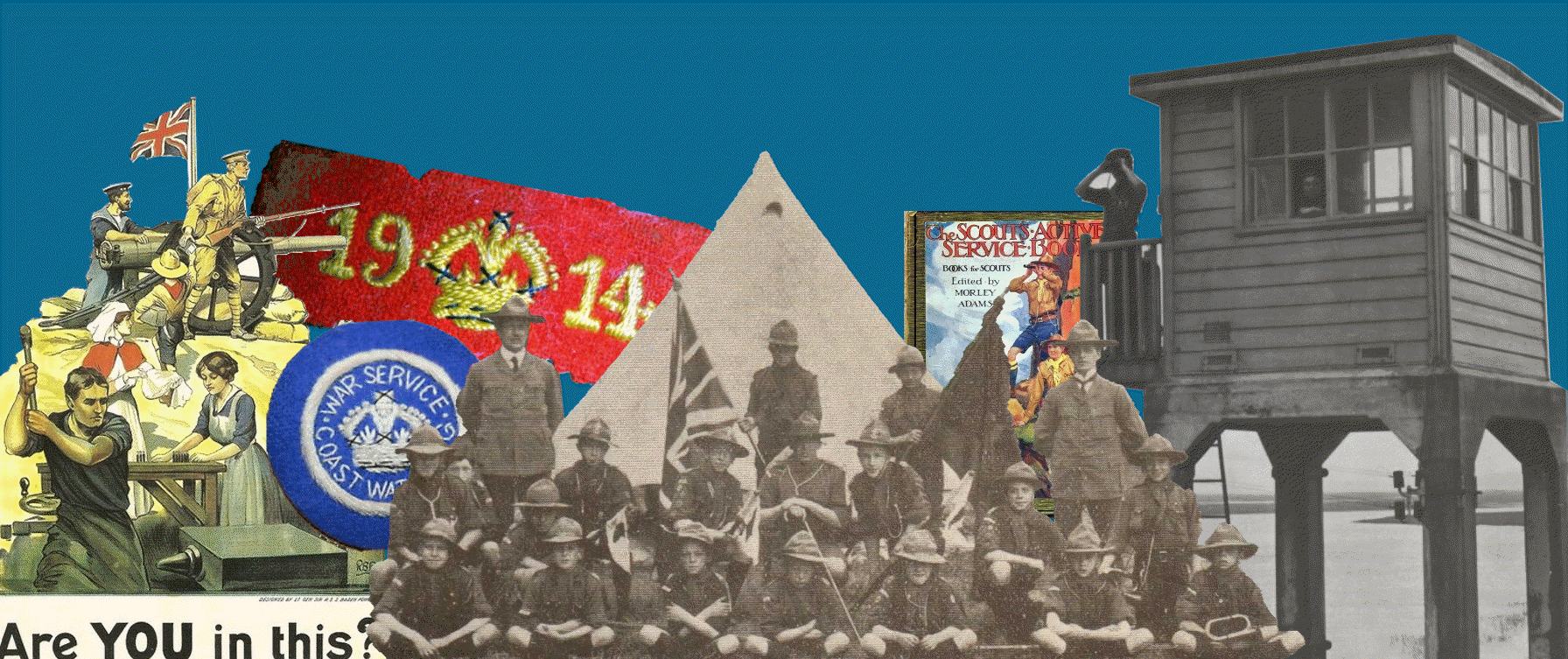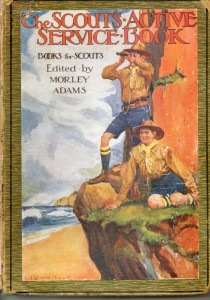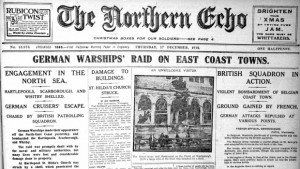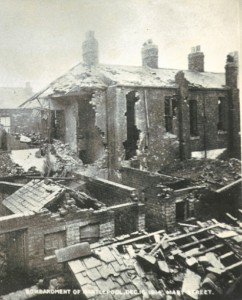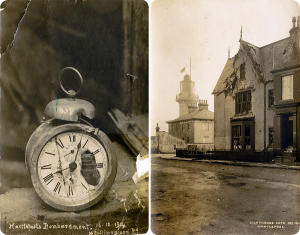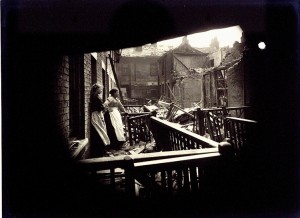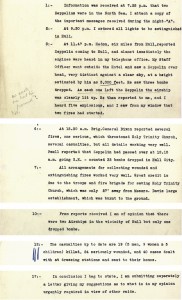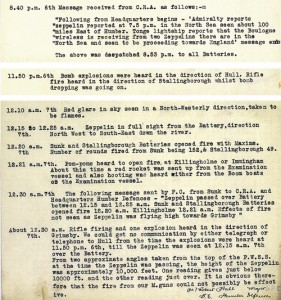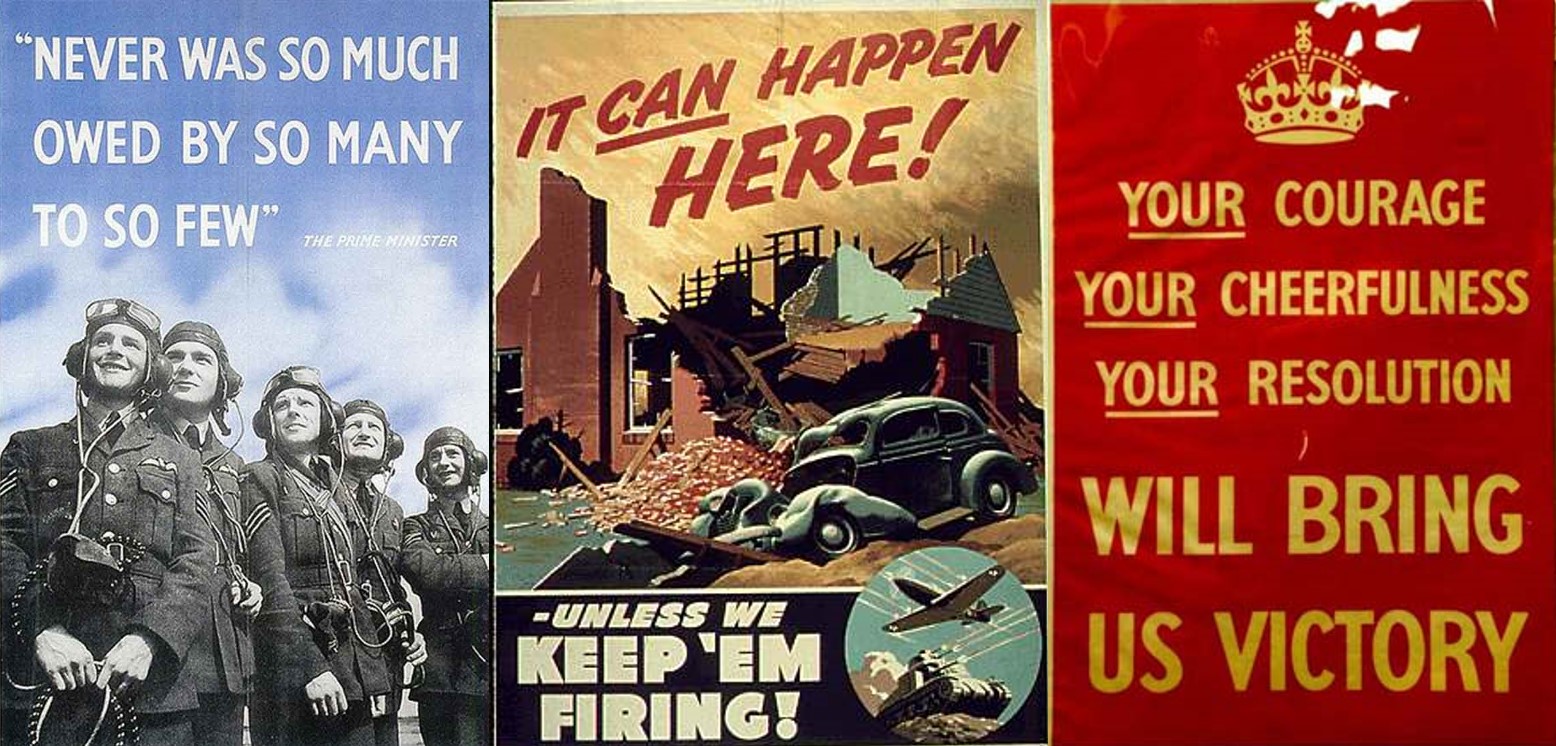Following the success of the Lights Out event, Grimsby and Cleethorpes District Scouts were proud to have been approached by the Commonwealth War Graves Commission to be one of 141 community groups across the country that led local commemorations of the centenary of the Battle of the Somme, by encouraging people to discover, explore and remember the CWGC graves near them.
On a rainy day in November over 100 people visited Scartho Road Cemetery to take part in trails and activities for families and Scouts centred on the CWGC’s ‘Living Memory’ project, which encourages the British public to re-connect with the war dead buried in their own communities.
Visitors made poppies and paper aeroplanes and followed a trail to find out more about the First World War Casualties buried in the town, and also a little about what life was like for some of the young people of Grimsby and Cleethorpes 100 years ago.
Despite the torrential rain the day was a big success, and was mentioned in the Remembrance Service held in the Minster a week later- the town being proud of its young people for rising to the challenge of never forgetting.
Scartho Road Cemetery, has 291 WW1 graves- including several of soldiers mortally wounded in the Battle of the Somme. This site is of special significance to local Scouts as it contains the grave of Bert Wood, who founded Scouting in the area and who went on to become a decorated flying ace before tragically being killed in a plane crash in 1917, a few weeks after his 20th Birthday.
Bert was all about adventure, and new things and technologies. He joined Scouting when it was only just starting up, and he brought it to the area, forming the first troop with a group of his friends, and then later persuading some adults to get involved as their leaders- youth shaped Scouting in action! He was also fascinated by the brand new field of aviation and was a real pioneer. So he definitely embodies many of the things and values that the Scout Association is still about today- adventure, community, making lasting friendships across borders and different backgrounds, life skills, rising to challenges, leadership and being an active citizen.


